Okay, I think we’ve all read The Design of Everyday Things by Don Norman by now. (If not, get on it). But what’s next?
To better understand User Experience, it helps to read books that are on the outer ring of your knowledge base. If you zero in on UX too much, you lose sight of the rest of the world that UX is supposed to be designing for. Nurture your curiosity by diving into these peripherals and you’ll start to see that your focus gets ever more clear.
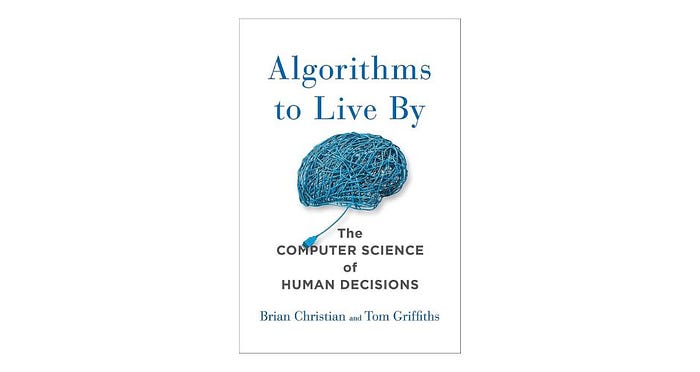
1. Algorithms to Live By by Brian Christian and Tom Griffiths.
Even if you’re not a developer, there’s extreme value in understanding computer science. This book gives a wonderful toe-dip into the common algorithms that we use every day and take for granted. Functions such as sorting a list and all the pitfalls of each method. The authors give real world equivalents, such as sorting your bookshelf at home, to help visualize the concepts. Personally, I latched onto the 37-Rule; the idea that you should spend 37% of the time allowed to explore options (say, apartment hunting) and the remaining 63% should be spent executing actions (putting offers in).
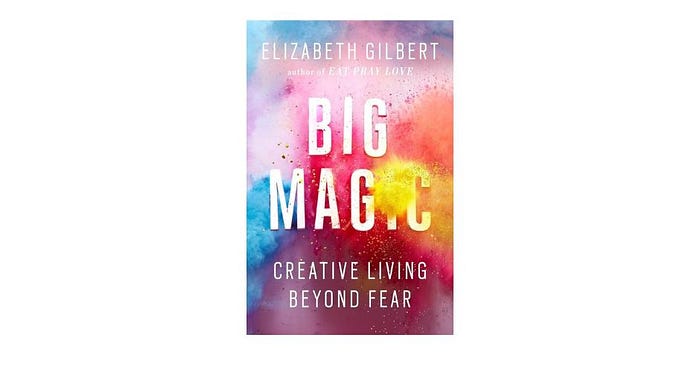
2. Big Magic by Elizabeth Gilbert
From the amazing author who brought us Eat, Pray, Love comes inspiration and advice for nurturing creative ideas. She uses extreme empathy for the creative roadblocks we have all faced to assure you that you’re not a bad creator, you’re just approaching it from the wrong angle. Most of the book is focussed on creative writing, but the underlying advice stands true: No great idea has come from staring at a blank screen, you have to live a life worthy enough for great ideas to find you.
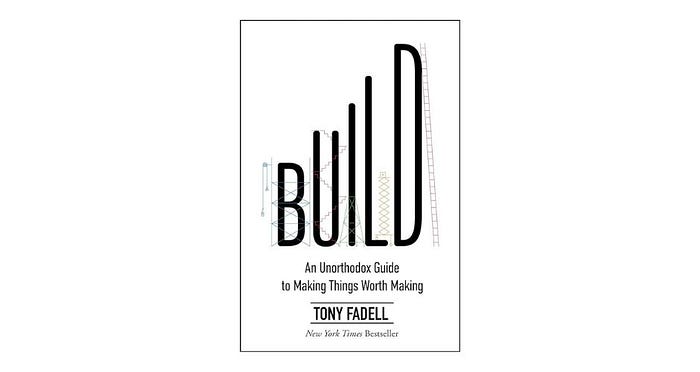
3. Build by Tony Fadell
Tony Fadell has been one of the brilliant minds behind this generation’s products such as the iPod and Nest thermostat. His honest recounts of the Dot Com Era failures, from which Apple rose from its ashes, gives UXers a sense of the origin of our modern practice. He takes a step back from user flows and pixel perfection and just asks the obvious questions that most CEOs are unwilling to ask: Why are we building this? He also gives practical advice on the hard questions, such as when it’s right to push back and when it’s time to move on.
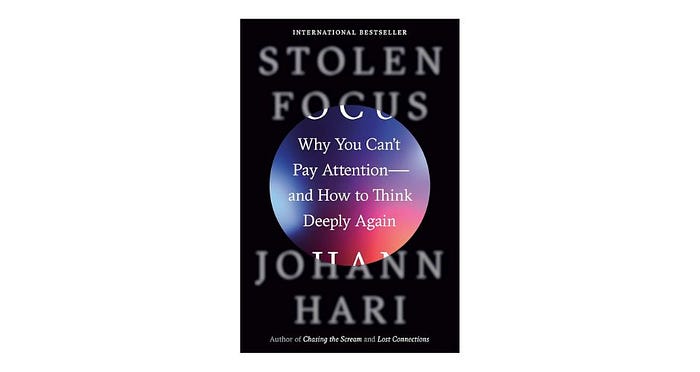
4. Stolen Focus by Johann Hari
This one hit me in the gut like a sucker punch. On a personal level, I have felt a disdain for modern UX’s obsession with engagement rates. Thanks, Hooked. (You’ll notice that book is purposefully left off this list). I have fallen victim into the attention economy I am also working so hard to grow for my clients. I can’t finish a show without pausing to check my email. I impulse buy shoes that I don’t need and have shopper’s guilt later. I can’t take my dog for a walk without listening to an audiobook. Johann offers validation, empathy, and practical solutions we can use to regain our focus and remember the art of being a human attached to the earth and not just another avatar on someone’s social media feed.
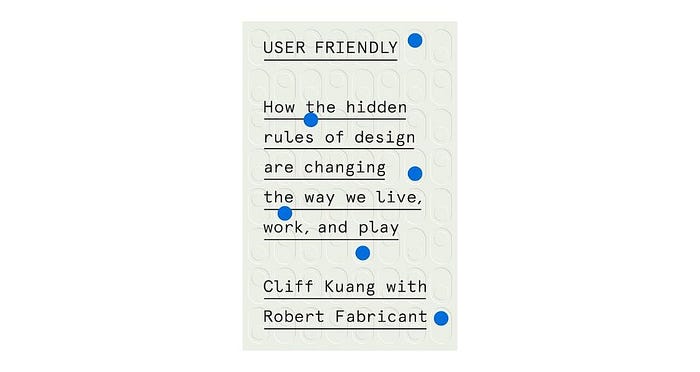
5. User Friendly by Cliff Kuang and Robert Fabricant.
These authors take you way back to the WW2 Era to understand how user friendliness even became relevant in product design. Pilots in WW2 would often confuse landing gear controls with missile launchers, since both were shaped similarly and in the same location. This lead to disastreous consequences as you might imagine, and someone finally said hey, we should think about the context of the pilots when designing the cockpits. The book isn’t just a history lesson though and gives many valuable insights on modern product and technology and how we are defining what it may mean to be “user friendly.”

6. Greenlights by Matthew McConaughey
I saved the most surprising for last. What could a UX Designer possibly learn from Mr. Alright Alright Alright? Well, not too much about product design or computers, but if you open this book, you’ll be delighted to find his story from middle-class Texas kid to Hollywood superstar fascinating and inspiring. This is a man who took a trip to the Amazon rainforest because he had a dream about an anaconda. He lives a life that is far from serious, yet he had found serious fame and fulfillment. He unapologetically pursues his passions and hits the gas when he sees what he calls “green lights.”



